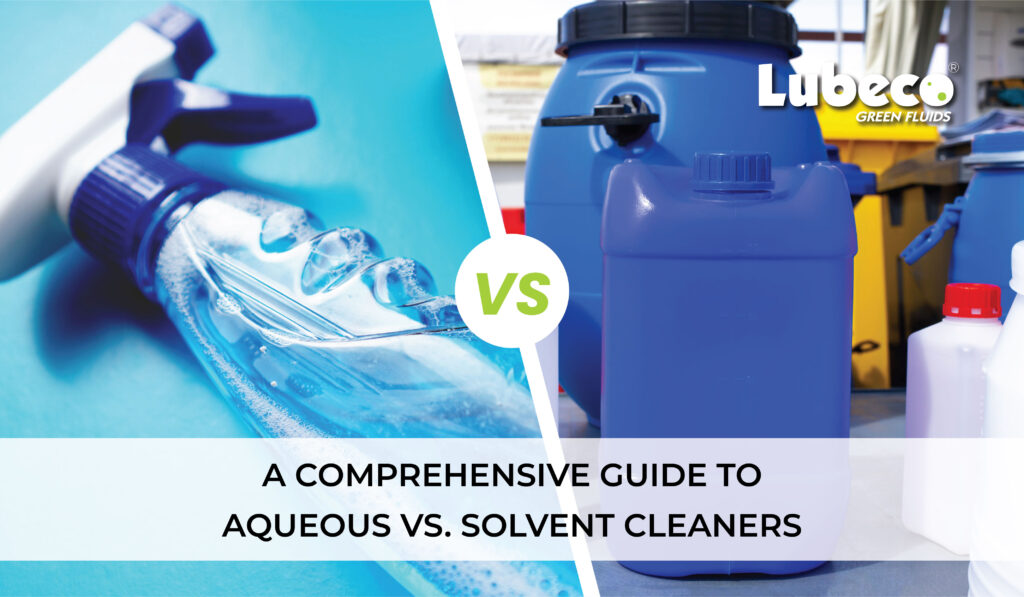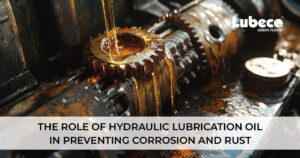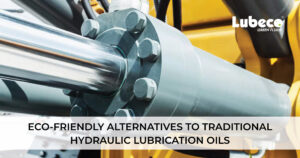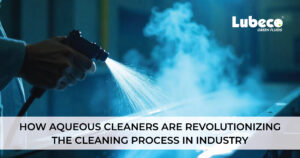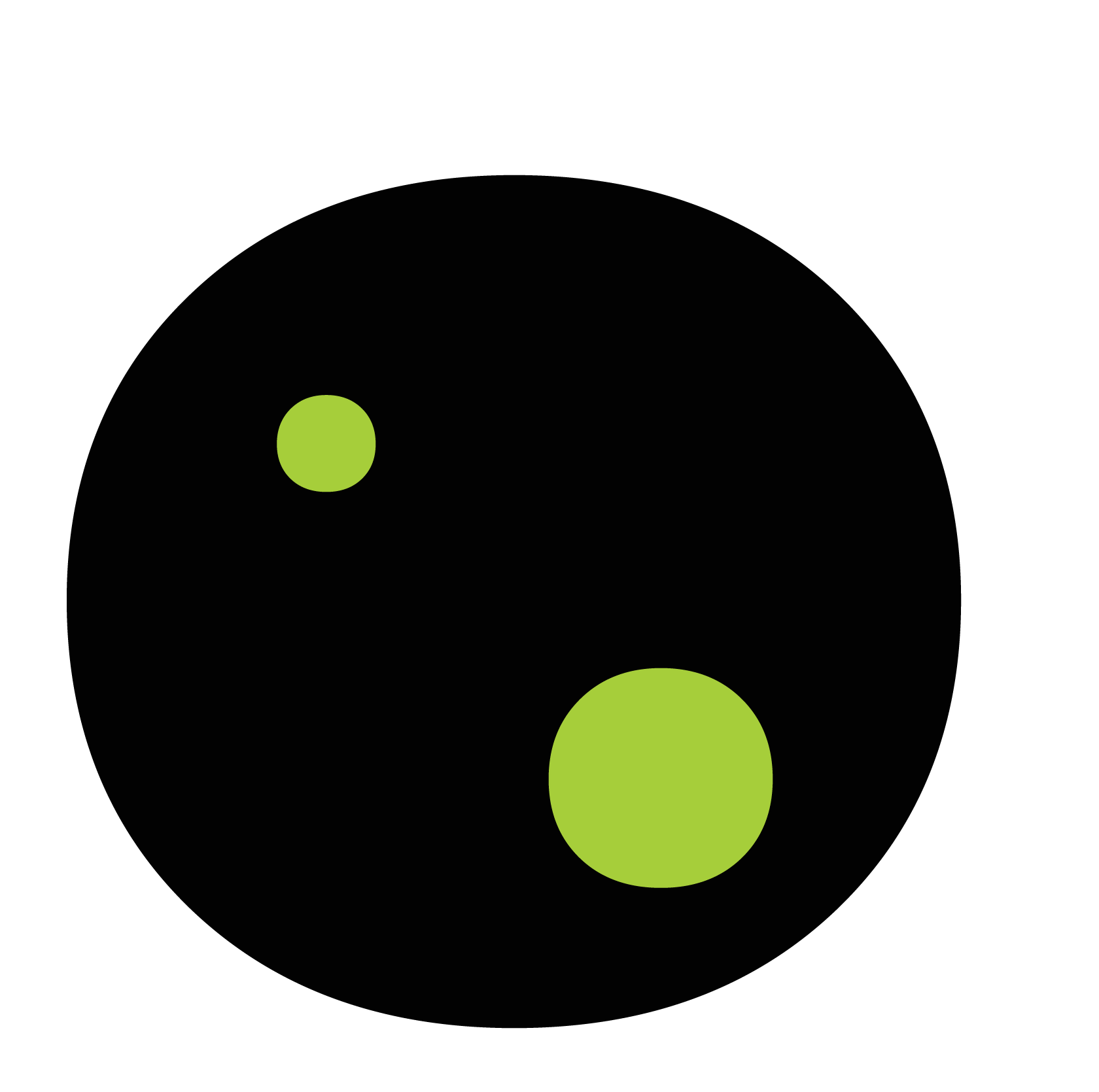Cleaning agents play a critical role in industrial, commercial, and domestic applications, ensuring efficiency, safety, and hygiene.
Among the myriad of cleaning options, aqueous and solvent cleaners stand out as two primary choices, each with unique characteristics, advantages, and applications. Understanding their differences, strengths, and limitations can help businesses and consumers make informed decisions.
In this comprehensive guide, we’ll explore the key aspects of aqueous and solvent cleaners, comparing their effectiveness, environmental impact, safety, and applications.
What Are Aqueous Cleaners?
Aqueous cleaners are water-based cleaning agents formulated with water as the primary solvent. They typically include surfactants, detergents, chelating agents, and corrosion inhibitors to enhance cleaning performance.
Key Features of Aqueous Cleaners:
- Water-Based Composition: Non-flammable and safer for handling.
- Eco-Friendly: Reduced environmental impact compared to solvent-based cleaners.
- Effective on Water-Soluble Contaminants: Ideal for removing dirt, salts, and organic residues.
- Non-Volatile: Lower levels of volatile organic compounds (VOCs), ensuring better air quality.

Applications of Aqueous Cleaners:
- Industrial Cleaning: Degreasing metals, parts, and machinery.
- Household Use: Dishwashing detergents, glass cleaners, and floor cleaners.
- Healthcare and Laboratories: Sterilizing instruments and surfaces.
What Are Solvent Cleaners?
Solvent cleaners rely on organic or inorganic solvents to dissolve contaminants such as oils, greases, paints, and adhesives. These cleaners work by breaking down complex substances into smaller, more manageable components.
Key Features of Solvent Cleaners:
- Organic or Chemical Base: Derived from hydrocarbons, alcohols, or other chemical compounds.
- High Solubility for Grease and Oils: Particularly effective in environments with heavy oil or grease contamination.
- Rapid Evaporation: Many solvent cleaners evaporate quickly, leaving minimal residue.
- Versatility: Suitable for applications requiring precision cleaning.
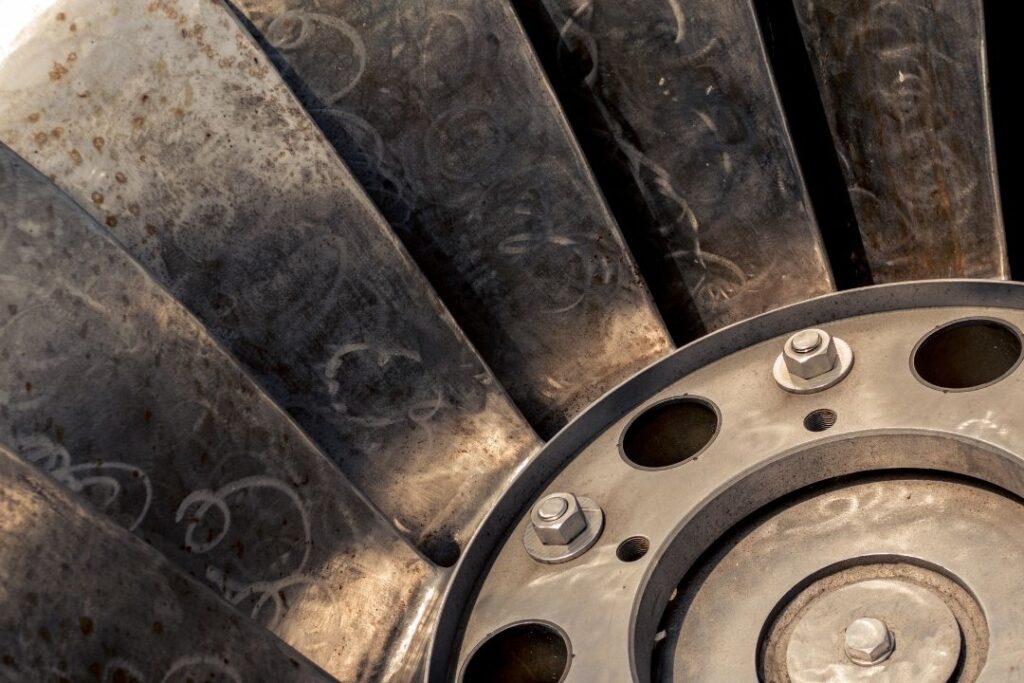
Applications of Solvent Cleaners:
- Automotive: Engine degreasing, brake cleaning, and fuel system maintenance.
- Aerospace: Cleaning turbine blades, precision parts, and electronic components.
- Painting and Coating: Surface preparation and paint removal.
Aqueous vs. Solvent Cleaners: A Detailed Comparison
When it comes to industrial and commercial cleaning solutions, aqueous and solvent cleaners are two widely used options, each suited to specific applications.
Understanding their differences can help in choosing the right cleaner for your needs, balancing effectiveness, safety, and environmental impact.
Composition and Mechanism
Aqueous cleaners are water-based solutions formulated with surfactants, detergents, and other additives to remove dirt and water-soluble contaminants.
They work by emulsifying and lifting grime from surfaces, making them ideal for light to moderate cleaning tasks. On the other hand, solvent cleaners rely on organic or chemical solvents that dissolve non-polar substances such as grease, oil, and adhesives.
Their cleaning action involves breaking down tough residues into smaller components, making them particularly effective for heavy-duty cleaning.
Cleaning Efficiency
Aqueous cleaners excel at removing water-soluble contaminants, salts, and light oils. However, they may require agitation, heat, or extended cleaning time to tackle stubborn residues.
Conversely, solvent cleaners are renowned for their ability to handle heavy grease, oil, and tough coatings efficiently.
These cleaners work quickly and require minimal manual effort, making them indispensable in industries such as automotive, aerospace, and electronics.
Safety Considerations
Safety is a significant factor when choosing a cleaner. Aqueous cleaners are generally non-flammable, have low toxicity, and pose minimal risk to users.
They are safer to handle and suitable for use in confined spaces. In contrast, many solvent cleaners are flammable and emit volatile organic compounds (VOCs), which can harm air quality and pose health risks.
Proper ventilation and personal protective equipment (PPE) are essential when using solvent cleaners to mitigate these hazards.
Environmental Impact
Aqueous cleaners are more environmentally friendly, often biodegradable, and produce fewer emissions compared to their solvent-based counterparts. They are easier to dispose of and comply with stringent environmental regulations.
In contrast, solvent cleaners can have significant ecological implications due to their chemical nature and higher VOC emissions, requiring careful handling and disposal practices.
Applications
Aqueous cleaners are versatile and commonly used for general cleaning, degreasing light machinery, and removing water-soluble dirt in industries and households.
Solvent cleaners, however, are indispensable for precision cleaning tasks in sectors like automotive and aerospace, where heavy-duty cleaning is required.
In conclusion, aqueous cleaners prioritize safety and sustainability, while solvent cleaners offer unparalleled cleaning power for tough contaminants.
The choice depends on specific cleaning needs and regulatory requirements.
Factors to Consider When Choosing Between Aqueous and Solvent Cleaners
- Type of Contaminant:
- Use aqueous cleaners for water-soluble contaminants like dirt and salts.
- Opt for solvent cleaners for heavy oils, adhesives, or paint residues.
- Material Compatibility:
- Ensure the cleaner does not corrode or damage sensitive materials.
- Ensure the cleaner does not corrode or damage sensitive materials.
- Environmental Regulations:
- Industries governed by stringent environmental standards may favor aqueous cleaners due to their lower VOC levels.
- Industries governed by stringent environmental standards may favor aqueous cleaners due to their lower VOC levels.
- Cost and Efficiency:
- Evaluate the total cost of cleaning, including equipment, disposal, and energy consumption.
- Evaluate the total cost of cleaning, including equipment, disposal, and energy consumption.
- Safety Requirements:
- Choose non-flammable, low-toxicity aqueous cleaners for safer working environments.
Advancements in Cleaning Technologies
Modern innovations have blurred the lines between aqueous and solvent cleaners, with hybrid solutions offering the benefits of both. For instance:
- Bio-Solvents: Derived from renewable resources, providing eco-friendly solvent-like cleaning power.
- Ultrasonic Cleaning Systems: Enhance the effectiveness of aqueous cleaners for precision cleaning tasks.
- Low-VOC Solvents: Designed to comply with environmental regulations while maintaining cleaning efficiency.
Which Cleaner Is Right for You?
The choice between aqueous and solvent cleaners depends on the specific cleaning requirements, including the type of contaminants, material compatibility, and environmental considerations.
While aqueous cleaners are often safer and more environmentally friendly, solvent cleaners excel in applications requiring heavy-duty degreasing and rapid evaporation.
By understanding their differences and evaluating your cleaning needs, you can select the most effective, cost-efficient, and sustainable option for your application.
FAQs
- Are aqueous cleaners as effective as solvent cleaners?
Yes, for water-soluble contaminants. However, solvent cleaners are better for oil and grease. - Do aqueous cleaners require special equipment?
Some industrial applications may require ultrasonic tanks or specialized sprayers. - Can solvent cleaners harm the environment?
Yes, many solvent cleaners release VOCs and require careful disposal to prevent environmental damage. - What are bio-solvents?
Bio-solvents are environmentally friendly alternatives to traditional solvents, derived from renewable resources like plant oils. - How do I ensure safety while using solvent cleaners?
Use personal protective equipment (PPE), ensure proper ventilation, and follow all safety guidelines.

